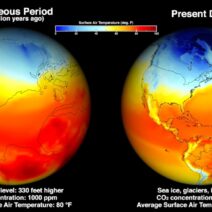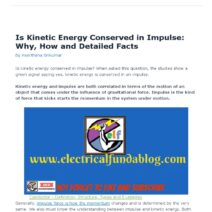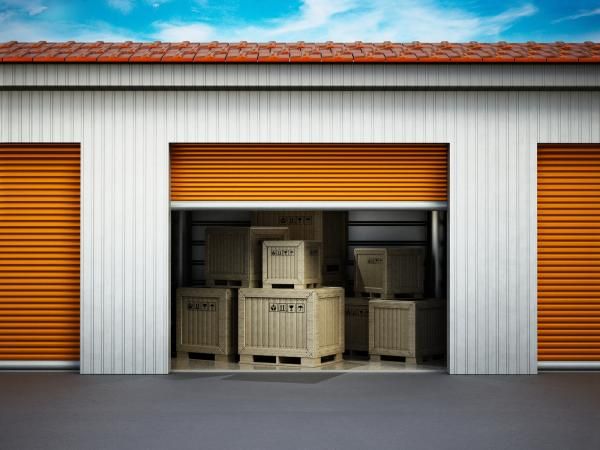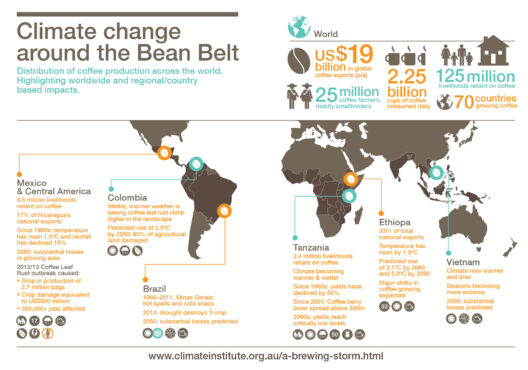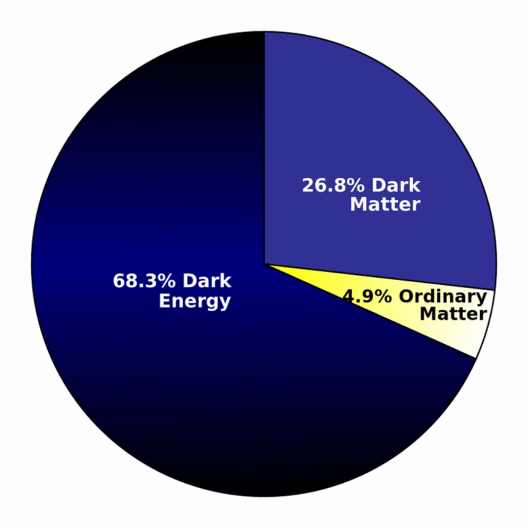Climate-controlled storage units have emerged as a solution for individuals and businesses seeking to safeguard their belongings from fluctuating temperatures and humidity levels. As people increasingly recognize the importance of protecting sensitive items, the demand for climate-controlled facilities has surged. This article delves into the costs associated with these units, the various types available, and additional considerations for potential renters.
Understanding Climate-Controlled Storage Units
Climate-controlled storage units are specially designed to regulate temperature and humidity, maintaining a consistent environment that shields items from extreme weather conditions. The standard temperature range in these units typically hovers between 55°F and 85°F, with humidity levels kept between 30% and 50%. This environment is particularly critical for preserving antiques, electronics, musical instruments, and important documents. Unlike traditional storage, which may expose possessions to swings in temperature and moisture, climate-controlled options provide peace of mind for those concerned about the integrity of their valuables.
Cost Factors for Climate-Controlled Storage
The cost of renting a climate-controlled storage unit can vary significantly based on several factors. Firstly, the geographic location plays a vital role in determining prices. Urban areas or regions with extreme weather conditions often have higher demand, leading to elevated costs. Moreover, the size of the unit will directly impact the rental rate. Smaller units, typically around 5×5 feet, may be found at lower prices, while larger spaces, such as 10×20 feet or bigger, command premium rates.
In addition to size and location, the duration of rental commitments and the specific facility’s amenities contribute to overall pricing. Some facilities may offer additional features, such as enhanced security measures, 24-hour access, or various payment plans that can influence costs. It’s prudent for potential renters to carefully evaluate these aspects when budgeting for climate-controlled storage.
Average Pricing
On average, renting a climate-controlled storage unit may range from $50 to $300 per month. Here’s a breakdown based on unit size:
- 5×5 feet: Typically between $50 to $100 per month. Ideal for small boxes, seasonal clothes, or personal items.
- 10×10 feet: Costs range from $100 to $175 per month. Suitable for the contents of a one-bedroom apartment.
- 10×20 feet: Often priced between $175 to $300 per month. Can accommodate the furnishings of a two to three-bedroom home.
Bear in mind that these are approximate values; actual costs may fluctuate based on the facility’s specific offerings, promotional deals, or regional differences.
Types of Climate-Controlled Storage Units
Climate-controlled storage facilities offer a variety of unit types to cater to diverse needs. Understanding these distinctions can help renters make informed decisions.
Indoor Units: These are housed within enclosed buildings and provide the best temperature and humidity control. Indoor units are also more secure, as they often require a keypad entry, reducing the risk of theft.
Outdoor Units: While generally less expensive than indoor options, outdoor units can still offer climate control features. These are typically located on the ground level, making access easier for large items. However, their exposure to the elements may not provide the same level of protection as indoor units.
Drive-Up Units: These combine outdoor convenience with climate control. Renters can drive directly to the unit’s entrance for easy loading and unloading, making them a practical choice for businesses or those with heavier items.
Specialized Units: Many facilities offer customized climate-controlled units designed for specific uses, such as wine storage or document preservation. These specialized options often feature precise temperature and humidity controls that cater to the unique needs of sensitive items.
Security and Access Considerations
While climate control is essential for preserving items, adequate security and access are equally important. Most reputable storage facilities implement layered security measures, including surveillance cameras, gated access, and individual alarms on units. It’s advisable to inquire about these protocols during the selection process.
Access hours can vary widely between facilities. Some locations offer 24/7 access, while others may have restrictions on entry. Consider your needs regarding accessing the unit late at night or on weekends when evaluating options.
Additional Costs to Consider
Beyond the monthly rental fee, there may be additional costs to consider. Some facilities require a security deposit, which can range from $50 to $150. Rental insurance is another important aspect—many facilities mandate insurance to protect against damages or theft. Furthermore, budget for any maintenance fees that may apply for unit upkeep or necessary repairs.
The packaging of items for storage can also incur costs. Investing in quality packing supplies, such as moisture-absorbent materials or sturdy boxes, can help ensure the integrity of your belongings during their time in storage.
Conclusion
Climate-controlled storage units provide a valuable solution for individuals and businesses looking to protect their possessions from environmental extremes. By understanding the costs associated with these units—ranging from basic pricing structures to different types and additional expenses—renters can make informed decisions that meet their storage needs. As the recognition of climate change and its effects grows, the importance of maintaining a stable environment for our materials is undeniable. Climate-controlled storage opens a pathway to ensure our prized possessions remain unharmed, embodying the intersection of care for our belongings and consideration for environmental impacts.
